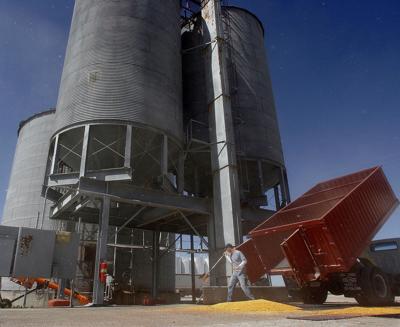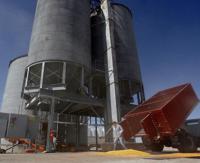(The Center Square) – Illinois agricultural officials are satisfied with the proposed state budget that could soon be headed to the governor’s desk for his signature.
Kevin Semlow, the director of state legislation for the Illinois Farm Bureau, said the new budget maintains funding levels for the Illinois Department of Agriculture and agriculture programs and services.
“I’m glad to see that most of the programs will be able to continue at the current levels,” Semlow said.
The Illinois Department of Agriculture’s budget includes $18.1 million in general revenue funds, $13.9 million in federal funds and $93 million in other state funds. The levels fund IDOA’s work, including administering the Livestock Management Facilities Act.
Semlow said funding increased significantly for Soil and Water Conservation Districts and a cover crop incentive program.
“It is a strategy that we and the Department of Agriculture and some of the other conservation groups have been working on for a long time to help bring about conservation practices,” Semlow said.
Established in 2015, the goal is for a 45% reduction in nitrogen and phosphorus going into Illinois waterways by 2025.
SWCD’s operations budget increased by $4 million while the new Nutrient Loss Reduction Strategy received $3.5 million. Funding for the cover crop incentive program more than doubles to $660,000. The program offers a crop insurance premium discount for enrolled acres.
Semlow said county fair funding remained steady at $4 million for fair and exposition authorities, rehabilitation and fair and agricultural societies.
“They are pretty much even for what they have been for the last several years and everyone makes it work for now and we will just continue on with that path,” Semlow said.
Marketing of Illinois’ agricultural commodities generates more that $19 billion annually. Billions more flow into the state’s economy from ag-related industries, such as farm machinery manufacturing, agricultural real estate and the production and sale of food products.







